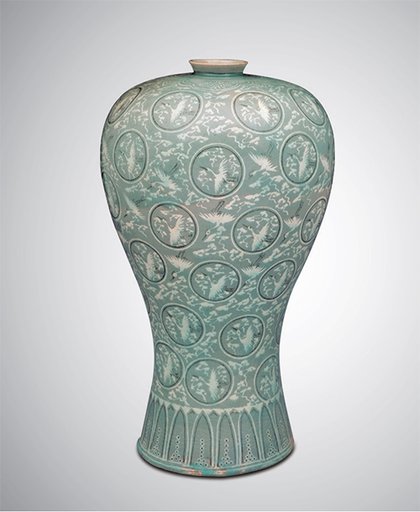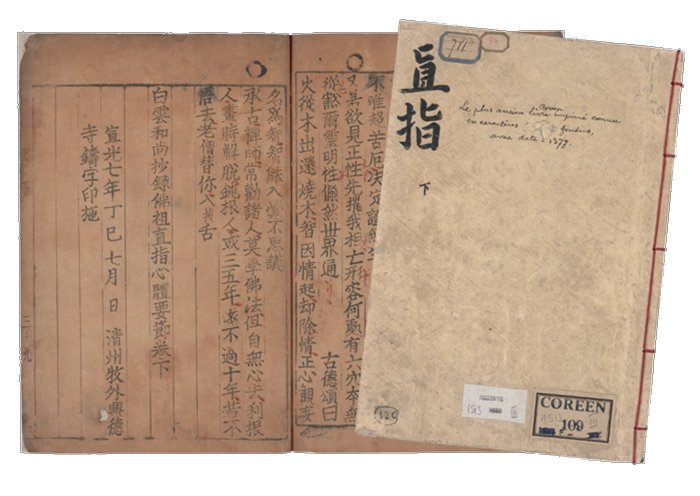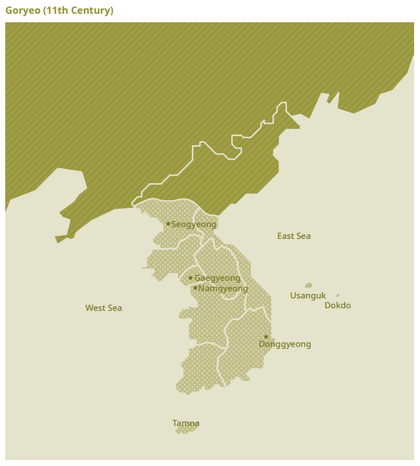Goryeo

Goryeo
By the late 8th century, Silla had been weakened by an internal struggle for power among the nobility; by the 10th century, leaders of powerful local factions, such as Gyeon Hwon and Gungye, had established their own regimes. In 892, Gyeon Hwon established a Kingdom named Later Baekje, with Wansanju as its capital, and gained control of present-day Jeolla-do and Chungcheong-do.
In 901, Gungye, a member of the Silla royal family, founded Later Goguryeo in Songak (present-day Gaeseong), exerting control over present-day Gangwon-do and Gyeonggi-do. He expanded the territory, reformed the ruling system, and relocated the capital to Cheorwon. He also changed the name of the country to Taebong.
Gungye lost the support of his people while exerting control over local leaders and strengthening his claim to the throne. In 918, he was driven away by Wang Geon, a local leader from Songak. Wang Geon changed the name of the country to Goryeo, announced that the country would inherit Goguryeo, and moved the capital to Songak. Goryeo remained hostile to Later Baekje while actively promoting a policy of engaging Silla. In 935, Unified Silla was peacefully incorporated into Goryeo. Following a power struggle among leaders in Later Baekje, Gyeon Hwon surrendered to Wang Geon. In 936, Later Baekje fell to Goryeo. Thus, Wang Geon unified the Later Three Kingdoms on the Korean Peninsula.
Goryeo adopted Confucianism as its political ideology and established an effective education system by founding the Gukjagam (a national higher education institution) and numerous hyanggyo (local private schools). Buddhism also exerted considerable influence over Goryeo society in general. The Kingdom adopted a more tolerant approach towards the acceptance of other religions, as indicated by the rites called Yeondeunghoe (Lotus Lantern Festival) and Palgwanhoe (Festival of the Eight Vows), in which prayers were offered for blessing, based on a syncretic mix of folk religions and Buddhism.
Goryeo engaged in brisk trade with many countries, including the Song dynasty. Many traders from Song, Central Asia, Arabia, Southeast Asia and Japan travelled to Byeongnando, a gateway to the capital, Gaeseong. Traders from Song sold satin, silk and medicinal herbs, while traders from Goryeo sold hemp cloth and ginseng. Gems such as ivory, crystal, amber were imported from Arabia. Finally, the name Korea originated from Goryeo during this period.

- Celadon Prunus Vase with Inlaid Cloud and Crane Design (Goryeo; 12th Century): The jade green celadon ware represents the ceramics of the Goryeo period. The exquisite patterns on these objects were created by inlaying white and black clay into grooves etched on their surface. Inlaid designs such as this are recognized as a unique skill.


The Goryeo dynasty gave birth to splendid culture. Specifically, the Goryeo celadon made by the inlaying technique attests to its unique artistry unparalleled elsewhere in the world at that time. The Tripitaka Koreana or Palman Daejanggyeong is a Korean collection of the Tripitaka, or Buddhist scriptures. Carved onto 81,258 wooden printing blocks, it is the essence of Buddhist culture and the pinnacle of achievement of wooden printing block technology in the Goryeo period. The world’s first metal printing types were also invented during the Goryeo period. According to the pertinent records, the people of Goryeo invented metal printing types over 200 years earlier than Johannes Gutenberg in Europe. A book entitled Jikji (Anthology of Great Buddhist Priests’ Zen Teachings) was printed in 1377 with metal printing types, 78 years ahead of its European homologue printed in 1455. Jikji is kept at the National Library of France and was registered as a Memory of the World in 2001.
War with the Mongols
In the early 13th century, the situation in China changed abruptly. The Mongols conquered the Jin dynasty of China and expanded their influence into the Korean Peninsula. They invaded Goryeo seven times between 1231 and 1259. In an effort to resist these attacks, Goryeo moved its capital to Ganghwa. Even ordinary people and slaves fought against the invaders. In 1259, a peace agreement was signed between the two countries. The Yuan dynasty of China established by the Mongols accepted Goryeo’s six conditions for peace, including a guarantee of the continued existence of the Goryeo dynasty and Mongol troops’ immediate withdrawal from the Korean Peninsula. The agreement was a result of Goryeo’s persistent resistance to the Mongols’ plan to bring Goryeo under its direct control.
Despite the agreement with the Mongols, a group of Goryeo troops called Sambyeolcho continued to fight them, moving their base of operations to Jindo and then to Jejudo. They continued to fight until 1273. Their 42-year campaign of resistance against the Mongols, the world’s strongest power at that time, attests to their perseverance and indomitable spirit. However, the national land was devastated and people’s lives were destroyed due to the long years of war. The Mongols destroyed many precious cultural heritage sites and properties, including the nine-tier pagoda at Hwangnyongsa Temple.
